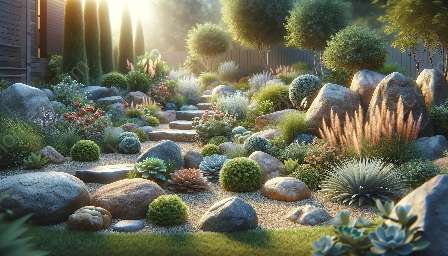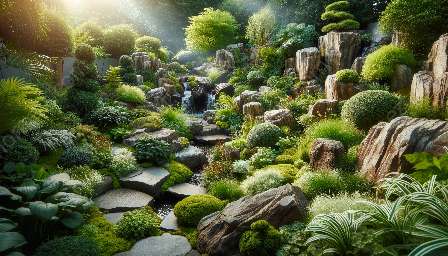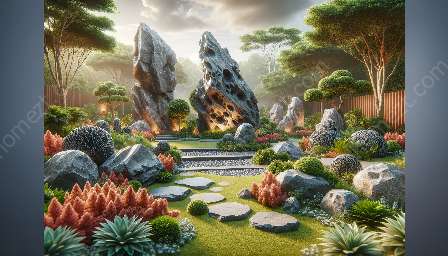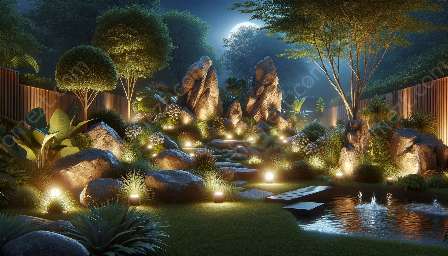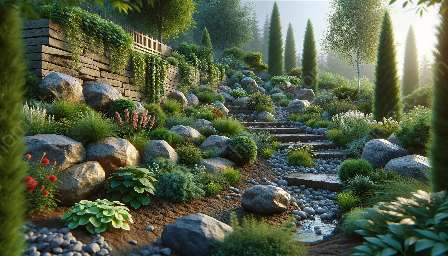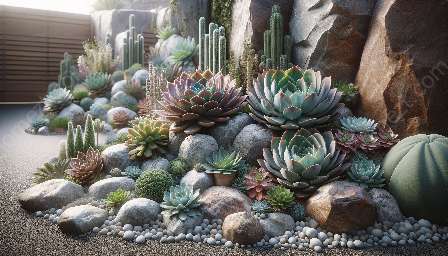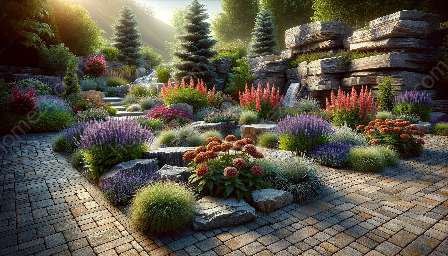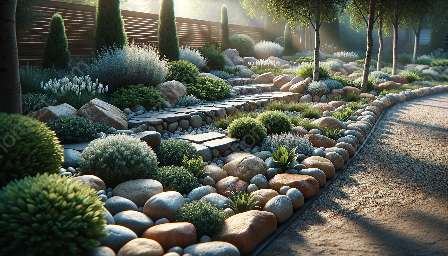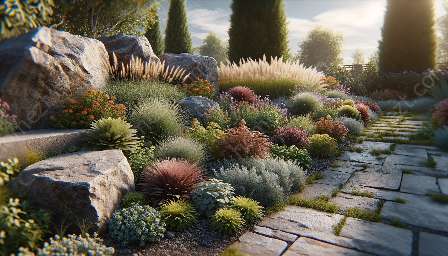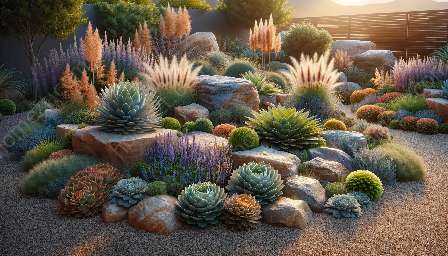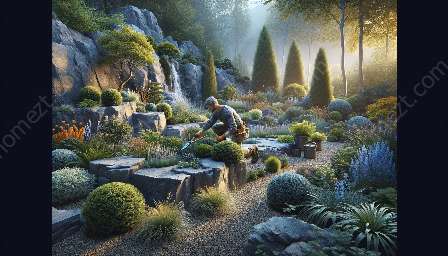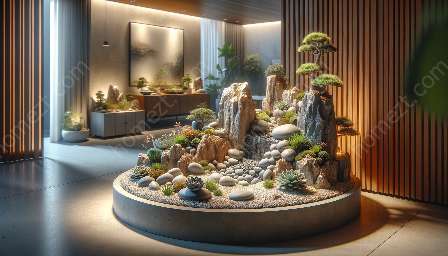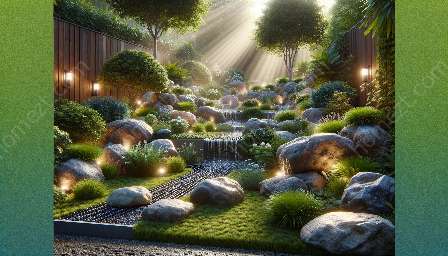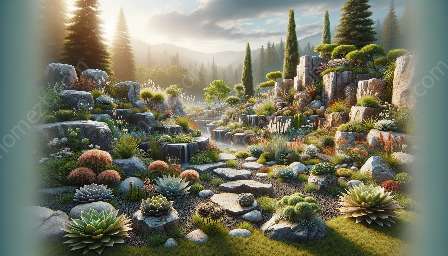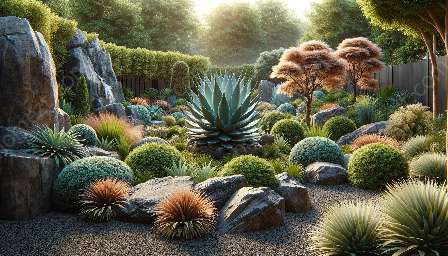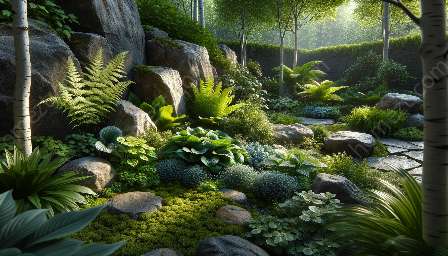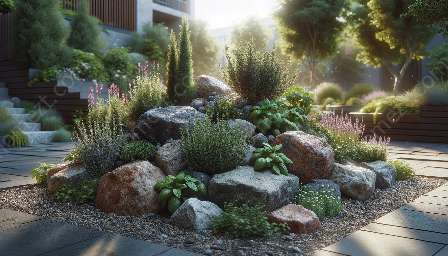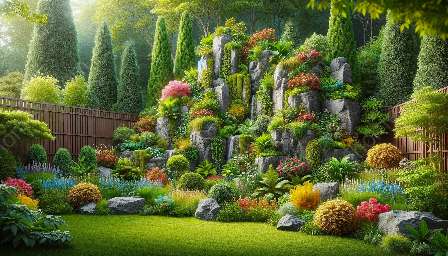Rock gardens are renowned for their beauty and versatility in landscaping, allowing for the coexistence of artful design and natural elements. However, the magic of rock gardens goes beyond their visual appeal. When carefully planned, rock gardens can serve as thriving ecosystems, providing a habitat for various forms of wildlife. In this comprehensive guide, we will delve into the world of rock garden wildlife, discussing the diverse range of flora and fauna that can flourish within these unique environments. We will also explore techniques for sustainable gardening and landscaping that promote biodiversity and environmental balance.
Creating a Habitat for Wildlife in Rock Gardens
Rock gardens are characterized by a blend of rocks, stones, and a diverse array of plants. This unique environment offers an ideal setting for wildlife to thrive. By strategically incorporating native plants, such as succulents, alpine species, and low-growing ground covers, rock gardens can attract a variety of insects, birds, and small mammals. The interplay of diverse vegetation, sheltered spaces, and microclimates within rock gardens creates a welcoming habitat for wildlife.
Flora and Fauna in Rock Garden Ecosystems
The introduction of native plants in a rock garden is essential for establishing a sustainable wildlife habitat. Native wildflowers, grasses, and shrubs provide nourishment for pollinators such as butterflies and bees, while also serving as food sources for insects and small animals. Additionally, the varied topography and crevices within rock gardens create sheltered spaces for nesting birds and refuge for small mammals.
Promoting Biodiversity and Conservation
Rock gardens offer an opportunity to contribute to biodiversity and conservation efforts. By cultivating a diverse range of plant species and providing a hospitable environment for wildlife, gardeners can play a crucial role in preserving local ecosystems. The incorporation of water features, such as small ponds or birdbaths, further enhances the appeal of rock gardens for wildlife, attracting amphibians, birds, and beneficial insects.
Sustainable Gardening Practices
Harmonizing rock gardens with wildlife involves practicing sustainable gardening and landscaping techniques. Minimizing the use of chemical pesticides and fertilizers is essential for preserving the natural balance within the ecosystem. Instead, employing organic fertilizers and integrated pest management techniques can help maintain a healthy coexistence between plants and wildlife.
Furthermore, the strategic placement of rocks, boulders, and native vegetation should aim to harmonize with the surrounding natural landscape, blending seamlessly with the local environment. This approach strengthens the interconnectedness of the rock garden and the broader ecosystem, supporting the well-being of wildlife.
Educational and Recreational Opportunities
Beyond the ecological benefits, rock gardens that accommodate wildlife can serve as educational and recreational spaces. Observing the interactions between plants, insects, birds, and other creatures within the rock garden fosters an appreciation for the interconnectedness of nature. Furthermore, creating a welcoming habitat for wildlife enhances the overall appeal of the rock garden, offering opportunities for nature enthusiasts to engage with the vibrant ecosystem.
Conclusion
Rock gardens offer a canvas for artistic expression in landscaping while simultaneously providing a haven for wildlife. By understanding the intricacies of rock garden ecosystems and embracing sustainable gardening practices, enthusiasts can create harmonious environments that support a diverse range of native flora and fauna. The coalescence of rock gardens and wildlife underscores the profound connection between human creativity and the beauty of the natural world. Let the wondrous dance of rock garden wildlife inspire your gardening and landscaping endeavors.

